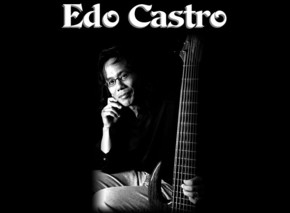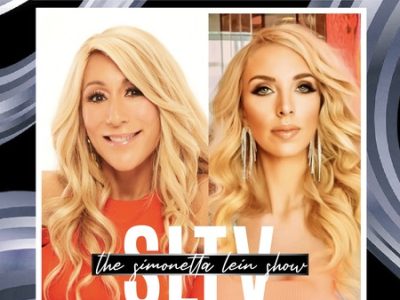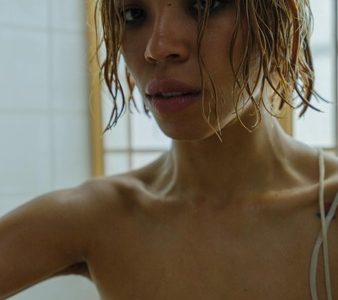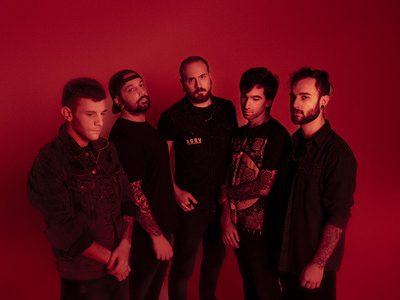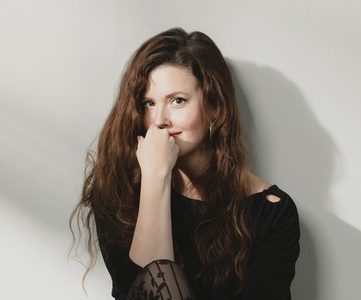I recently had the pleasure of not only reviewing the music of Edo Castro but interviewing him as well. I found his artistic expression/interpretation of Jazz to be not only exhilarating, I found it to be somewhat groundbreaking. Music is an extension of the artist, and what makes Castro so special is his passionate, artistic vision from behind the fret-board. Let me go on record to say at its purest form – it offers no boundaries whatsoever. From the SF Bay Area, Castro initially was a self-taught bassist but later moved to Chicago and attended The American Conservatory of Music in Chicago. He completed his studies and earned a BA in 1987 with a focus on Jazz Studies and electric Bass. He continued to hone his craft in Chicago through 1990. Returning to the Bay Area, Edo released his first solo effort of original music entitled simply “Edo.” Edo’s 2nd release “Phoenix” (on Passion Star Records) made the 49th Grammy Entry List for “Best Contemporary Jazz Album”
in October 2006 as did his third and latest release, Sacred Graffiti, in 2010.
Edo has put his signature on over 20 local CD projects and has performed/recorded with David Amram, Mark Walker, Hassan Kahn, Pete Cosey, Roy Haynes, Fareed Haque, David Onderdonk, Ed Thigpen, Johnny Griffin, Joel Harrison, Jim Trompeter, Ian Doogle, Deborah Winters, Jill Knight, Paul Van Wageningen, Caroline Aiken, Dan Zinn, Bethany Pickens, Michael La Macchia, Armando Peraza, Caren Armstrong, Percy Howard, Mike Molenda, Stu Hamm, Lorn Leber, George Brooks, Eric Doc Smith, Michael Manring, Mark Egan, Yves Carbonne, Todd Johnson and David Friesen.
His “Sacred Graffiti” features special guests including: Percy Jones, Michael Manring, David Friesen, Al Caldwell, Grammy award winner Mark Isham, Steve Erquiaga, Chris “C3” Cardone, Ray Cooper, Dray Pryor, Savannah Jo Lack, Richard Gee, Erik Lindquist, Alex Aspinall, Dan Zinn, Jonathan Moe, Chris Stafford and Mark Bernfield. Edo is also planning a future Bass project involving Stew McKinsey and Yves Carbonne
Here is our interview
CR: How would classify your music?
EC: This has been a defying task to say the least. But I have decided that what I do is in the spirit of the Jazz tradition. That what I do musically is not even remotely seen or heard as “traditional”. With that said, I grew up listening to jazz thanks to the influence of my Uncle Reice Hamel, Recording Enginneer who pioneered in Remote Recording.. He recorded countless “live” albums by Ramsey Lewis, Thelonious Monk, Cannonball Adderley, Les McCann, Ahmad Jamal and countless others. Reice gave me my first jazz records at the age of 8. The first was Ahmad Jamal “Naked City Theme”…I was hooked. Years later I studied and earned my BA in Jazz Studies and Performance. In my view what I do musically is in that spirit and tradition. It may not be so to others but that’s my view of it.
CR: Who are some of your top 5 musical influences? Whoa re your top favorite bass players?
EC: My very first musical top 5 influences: Reice Hamel, my uncle, Leonard Bernstein, Bill Evans, Paul Desmond and Eric Satie. Top favorite bassists are Ron Carter, Leland Sklar, Eddie Gomez, Jaco Pastorious and James Jamerson. There are countless others, but these are my top 5 today.
CR: What inspired you to start writing and composing music in the first place?
EC: Somehow I just kind of knew I was a composer. I wrote bits of things on the piano when I was in my teens but nothing worth talking about. It wasn’t until I got into College studying music that I started to wrestle with my composing skills and refine my skills. My first composition was written for Gamelan Si Betty, A Javanese style American Gamelan group that was based at San Jose State University California, built by American Composer Lou Harrison. It was here that I composed my first composition that later was published by Lou Harrison. It was called “After The Rain”. Composing for me was just part of who I was becoming as a musician. My writing skills were galvanized when I studied with Frank Mantooth. He taught me a lot about composing, and much to his chagrin, I was a rebellious student who didn’t’ always do my assignments but often came in with my own agenda during my private lessons. Despite my tendencies, he worked with me asking why I did things and pointed out ways to improve my approach to harmonic development beneath a melody.
CR: Tell us a bit about your favorite basses used?
EC: About 10 years ago, I made a decision to play on 7 string bass. So I got rid of any and all basses in my possession that had less or more. It was an amazing decision on my part to focus solely on just this instrument. Why 7 strings? Well, it gave me the low end and it gave me the high end. I was also able to control the sympathetic vibrations of the extra strings without using a mute device on the neck to silence the vibrating strings. What I found is that these “muting” devices killed any sustain and altered the tone enough to bother me. With regards to which basses I play, I play Conklin, Bee, Drozd, Watson, Erizias and Muckleroy basses. Each has their own unique characteristics. No 2 basses sound alike.
CR: How’s the music scene in your locale?
EC: Not wanting to sound bleak but there are fewer and fewer places to play what I call “jazz.” Most venues of this nature are close to non-existent. But there are still a few havens to play like Yoshi’s Lounge in San Francisco, The No Name Bar in Sausalito CA, The Terrapin CrossRoads in San Rafael CA, HopMonk also in San Rafael. If it wasn’t for these places, I’d have a tough go at playing out the music I feel is artistically innovative.
CR: What is the best concert you have been to? What do you like most about playing live?
EC: What’s the best concert I’ve been to? It’s a toss up between Pat Metheny in the 80’s, Egberto Gismonte 1996 or Talking Heads with English Beat 1982. All very powerful shows musically.
CR: Is there a song on your latest release that stands out as your personal favorite and why?
EC: “Bent Blues” is right now my personal favorite from my 3rd and latest album“Sacred Graffiti”. I wanted to write a jazz blues that used the “traditional” format for a minor blues and yet give it a fresh approach. I start off with a riff in A —b5, not your typical first chord for a blues, then instead of going to the 4 chord, I go to the b7th of A minor, and repeat the riff in G-7b5. Back to A-7b5, then pull the whole song a half step down into Ab to Db resolving to a C chord to get me back to A minor. It’s definitely quirky but it works. So I feel like I succeeded.
CR: How have you evolved as an artist over the last few years?
EC: I’ve come to this place in my life musically that I want to play something meaningful to me and not be concerned with popularity, speed or impressing anyone. I just want to play my music. All the other things, like financial success, fame or being the best is not even a consideration anymore. I just want to be true to myself and do my best to support that artistic path.
CR: Any touring scheduled to support this latest effort?
EC: I’ve had several life events that have taken the wind out of my financial situation so I won’t be hitting the road for long periods of time. Most of these road gigs, will be solo and far and few between.
CR: What’s next for Edo Castro?
EC: Not being one to plan very well, I’d hope to play out more and record more. I’m fortunate to have Passion Star Music’s support to promote what I’m doing. So I want to do them right and put out as many recordings while I’m able…
Interview by Cyrus Rhodes – rhodesm@wavecable.com
INDIE MUSIC MEDIA LLC – Seattle, WA

